How Women Are Harvesting Change in the Wine Industry
From Napa Valley to New Zealand, the next big thing in wine isn’t a new grape, it’s women leading the way
From Napa Valley to New Zealand, the next big thing in wine isn’t a new grape, it’s women leading the way
Even after two decades as a female vintner, there are still some quirks about the industry that shock Lynn Penner-Ash. “I am always surprised at how many truckers don’t want a woman to offload their rigs!” says the founding winemaker of Oregon’s Penner-Ash Wine Cellars. “But the position of women in the wine industry is vastly different now than it was when I started. I remember talking to women about the path to becoming a winemaker and so often it was more of a path to working in the lab and not the cellar.”
In the 23 years since Penner-Ash’s namesake winery was founded in the heart of America’s Pinot Noir country, she’s unloaded countless trucks and seen the number of women trading in their lab coats for work boots skyrocket. Female winemakers are upending the status quo by transforming the historically exclusive industry—long dominated by white males—into a bastion of diversity and inclusivity. In fact, it wouldn’t be a challenge to fill this entire page with the names of female winemakers currently transforming the wine business as we know it.
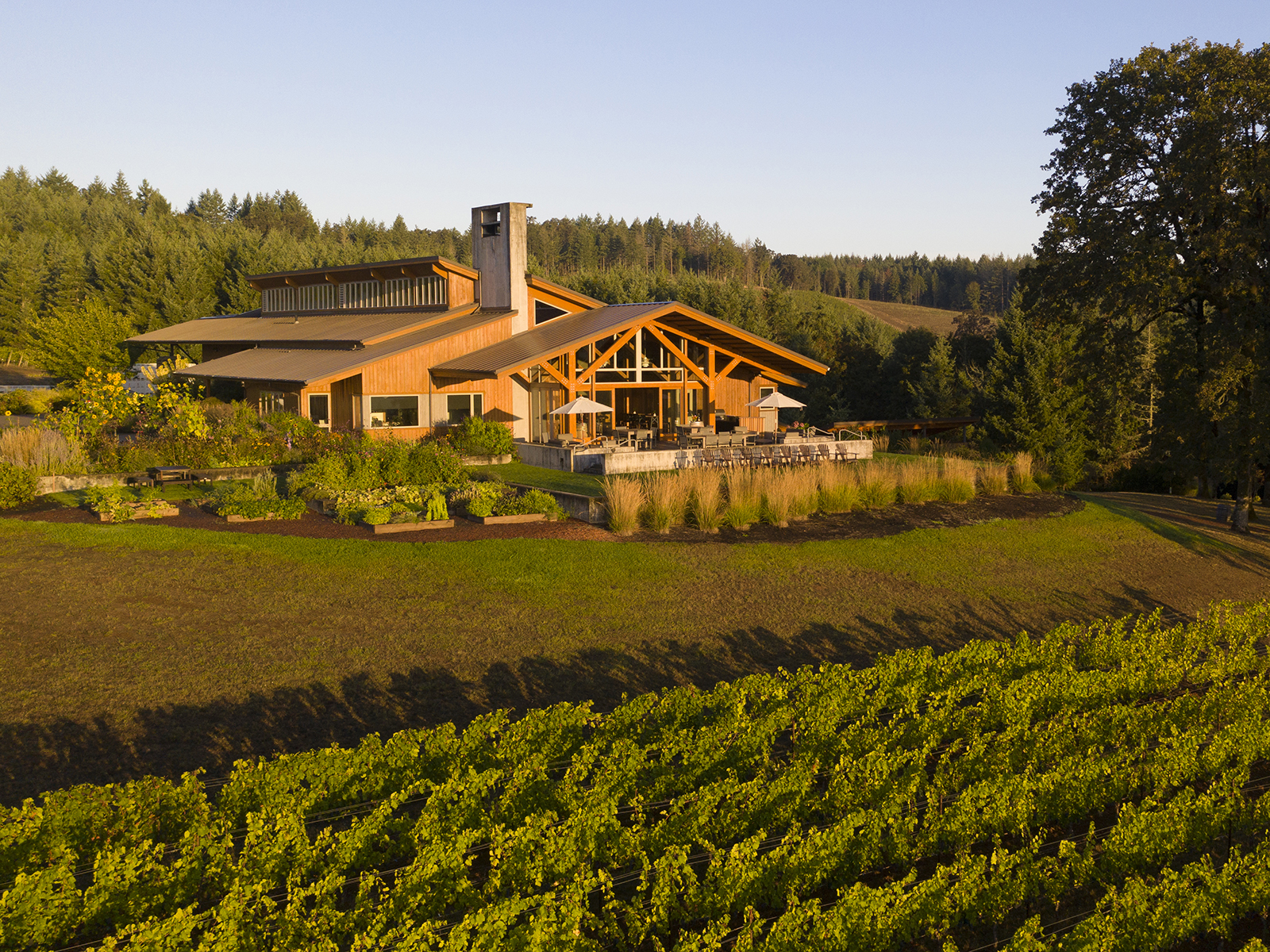
Chile’s Casa Marin, Alsace’s Pierre Sparr, Champagne’s Gosset, Sicily’s Donnafugata, and Australia’s Vasse Felix are just a few of the benchmark estates with female winemakers at their helms. Yet wine’s modern renaissance is not just remarkable by the numbers. The shift toward equality in all facets of the wine business is a movement that’s challenging millennia of exclusion.
Since the Greco-Roman era, the role of women in relation to wine—including whether or not they were allowed to drink it—has been highly regulated, according to Ann B. Matasar, the author of the book Women of Wine: The Rise of Women in the Global Wine Industry.
These early exclusions, generally based on religious doctrine and stigma centered on the dangers of female drunkenness, created an insular culture where the fruit of the vine was restricted to male-only environments. The perception of winemaking as challenging physical work compounded the gender divide, which was further exacerbated by property ownership laws that prevented most women from owning vineyards. With that as a backdrop, it’s astounding how women are reshaping the global wine industry from the cellar.
Few represent the modern wave of feminist winemakers better than sisters Robin McBride and Andréa McBride John. As the duo behind the McBride Sisters Collection, they approach wine with an innovative model that bridges hemispheres, bottle formats, and wine’s long-standing racial divide.
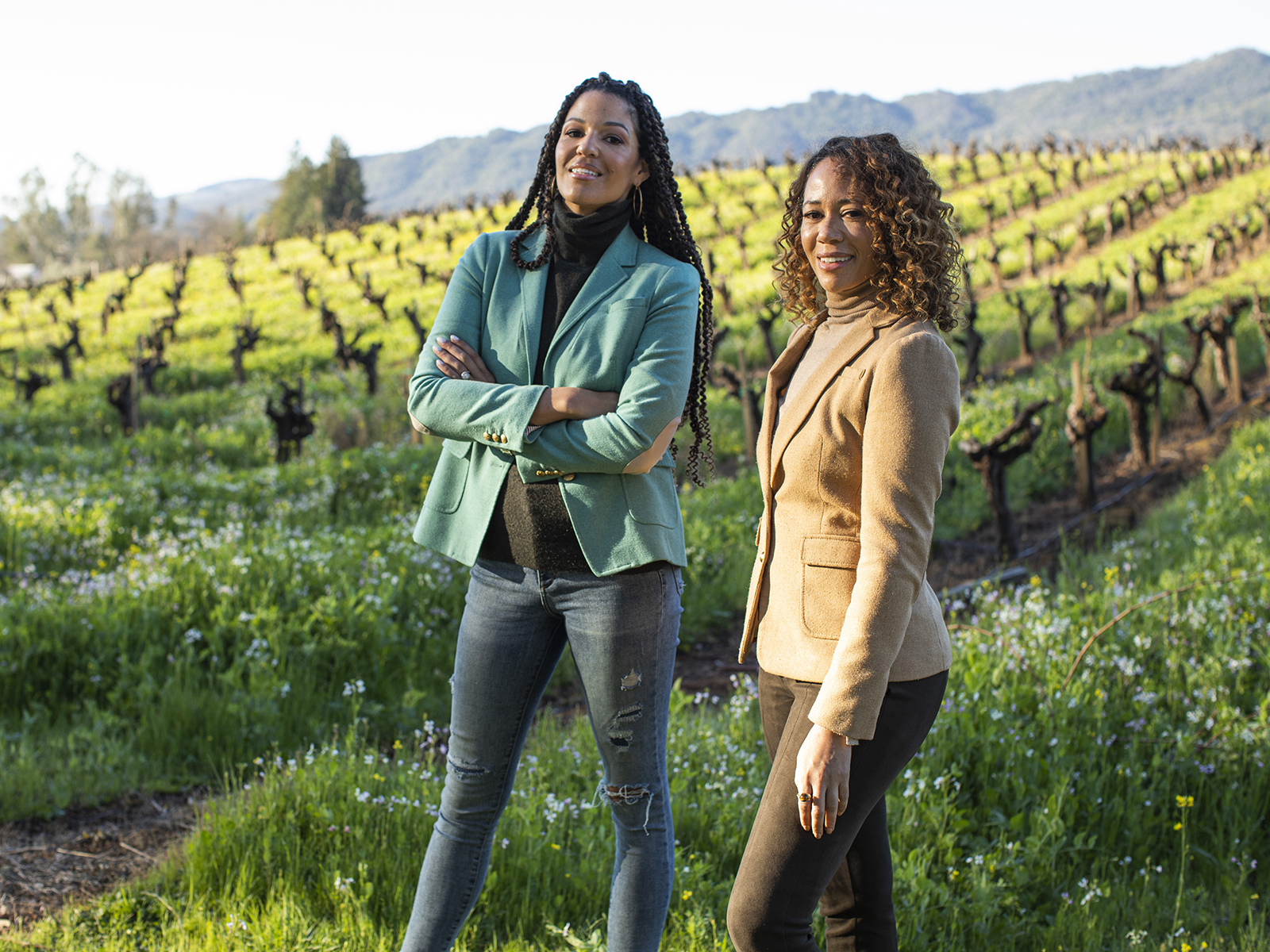
“It takes a village of people to farm and produce wine,” says Robin McBride. “We really see ourselves as stewards of the winemaking process—it’s blood, sweat, tears, history, culture, and optimism in a glass.”
The position of women in the wine industry is vastly different now than it was when I started—Lynn Penner-Ash
Since their first vintage in 2009, the sisters have been producing wine annually, both in New Zealand and on California’s Central Coast. Today, the McBride Sisters collection is the largest Black-owned wine brand in the United States, driven by what Andréa refers to as a “100 percent break-the-rules” approach.
“We’re also one of the only companies that can authentically bring you wine from two hemispheres, and I love the idea of taking you to New Zealand for a beautiful glass of Sauvignon Blanc one day and then back to the Central Coast for a rich California blend the very next night,” she adds.
Beyond spanning appellations and continents, the McBride sisters are also making wine more accessible to a wider audience by packaging their offerings in cans as well as standard glass bottles. Their successful SHE CAN line, which features a California rosé and a tropical New Zealand Sauvignon Blanc, makes wine easily portable, while also supporting the sisters’ mission to bring more women and minorities into the industry at large.
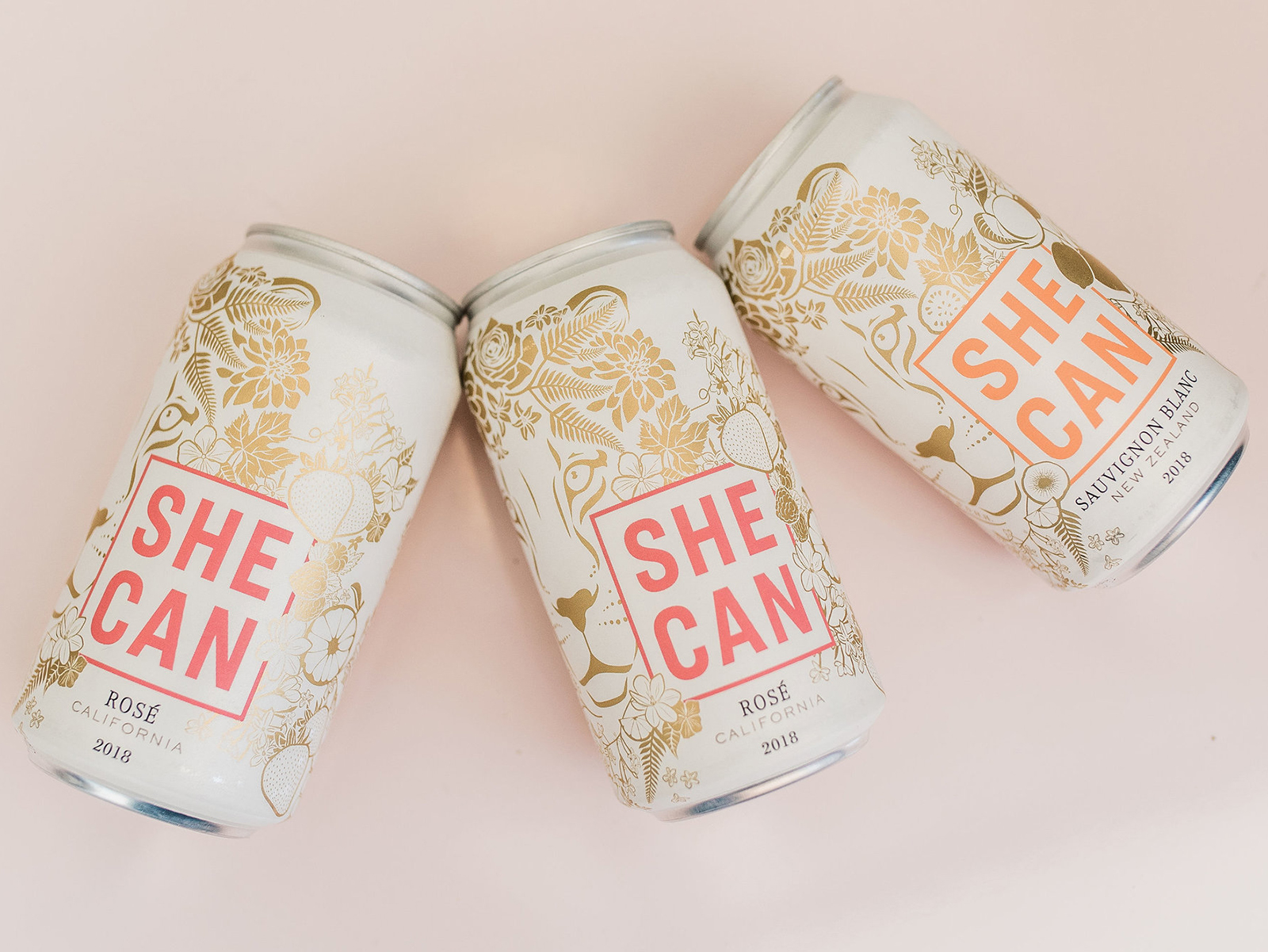
“Our SHE CAN Wines are a real source of inspiration for us,” says Robin McBride. “They are tied to the SHE CAN Fund, a professional development grant program we founded in 2019 to support women in the wine and spirits industry, in a concentrated effort to close the gender and race gap.”
A short drive from the picturesque Central Coast vineyards that supply SHE CAN lies the epicenter of the American wine industry: Napa Valley. At Quintessa estate, winemaker Rebekah Wineburg offers a female-led example in crafting wines with a traditional estate model.
I see incredible young people getting interested in wine, and more diverse teams are more powerful—Rebekah Wineburg
“When I started out, there were very few women in wine and I didn’t work with many female winemakers. In fact, I was the first woman to work in many cellars,” she recalls. “It’s not that men weren’t nice to me, but I definitely had to prove I could do the job.”
For Wineburg, who currently crafts wine at Quintessa and under her own Post & Vine label, that meant avoiding laboratory work at all costs—despite holding a chemistry degree. “I was very careful when I started out to avoid being put in a laboratory position because of my science background,” she says. “It’s still very common for women to be put in the lab and get stuck there.”
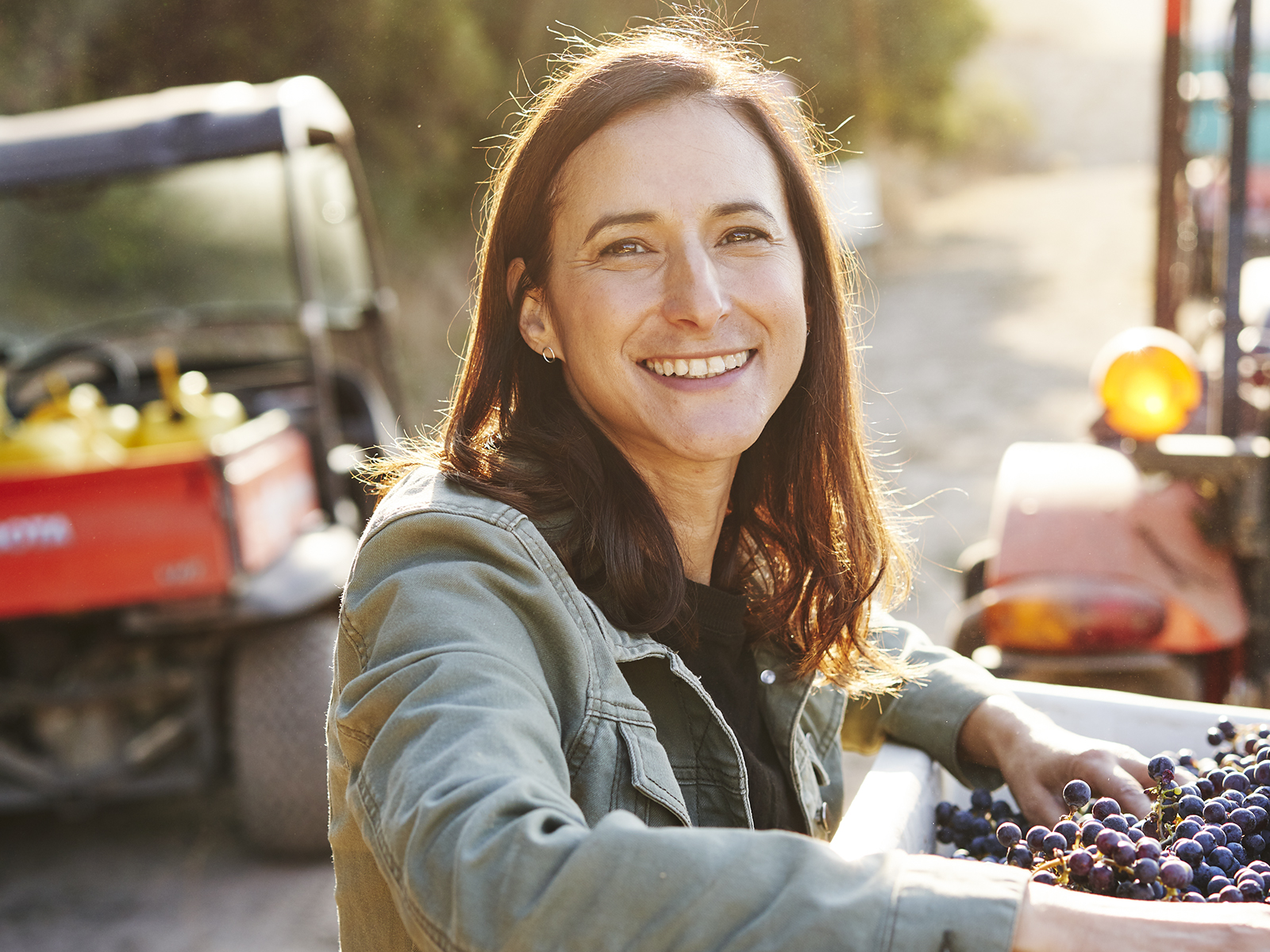
It wasn’t easy, she says, but Wineburg had dreamed of being a winemaker for years after visiting the Robert Mondavi Winery on a family vacation. “I was 16 years old, listening to people talk about the process of winemaking and the beauty of the place, and how [wine] can be connected to a year and a season. It all just planted a seed in my head that this was something I could do, utilizing my interest in science and making a product that’s the result of a magical transformation.”
At Quintessa, Wineburg actively farms and vinifies grapes from 180 acres (73 ha) of vines to craft a single bottling each year. Using this estate-only model, common in Bordeaux and across the Old World, Quintessa’s renowned and consistently high-scoring wines prove quality and equality can exist simultaneously—during the 2021 vintage, 80 percent of the interns in Wineburg’s wine cellar were women.
“I’m probably part of the second or third generation of women who were able to become winemakers,” she says, citing groundbreaking Napa Valley winemaker Celia Welch as a mentor, and the acclaimed Cathy Corison as an early inspiration. “I see some incredible young people getting interested in wine, and I think that—in everything—more diverse teams are more powerful. More people, and new people from different backgrounds getting into wine is only going to make the industry better.”
Penner-Ash also believes mentorship is crucial—so crucial she hired a young female protégé to oversee the future of winemaking at Penner-Ash, which is now controlled by the female-owned Jackson Family Wines group. “There are many more female mentors [today] and many of us make a concerted effort to hire an equal number of male and female interns to allow the next generation of women the experience they need to move forward,” she says. “Harassing our male peers also works—we ask them to explain why they don’t have any women on their team!”
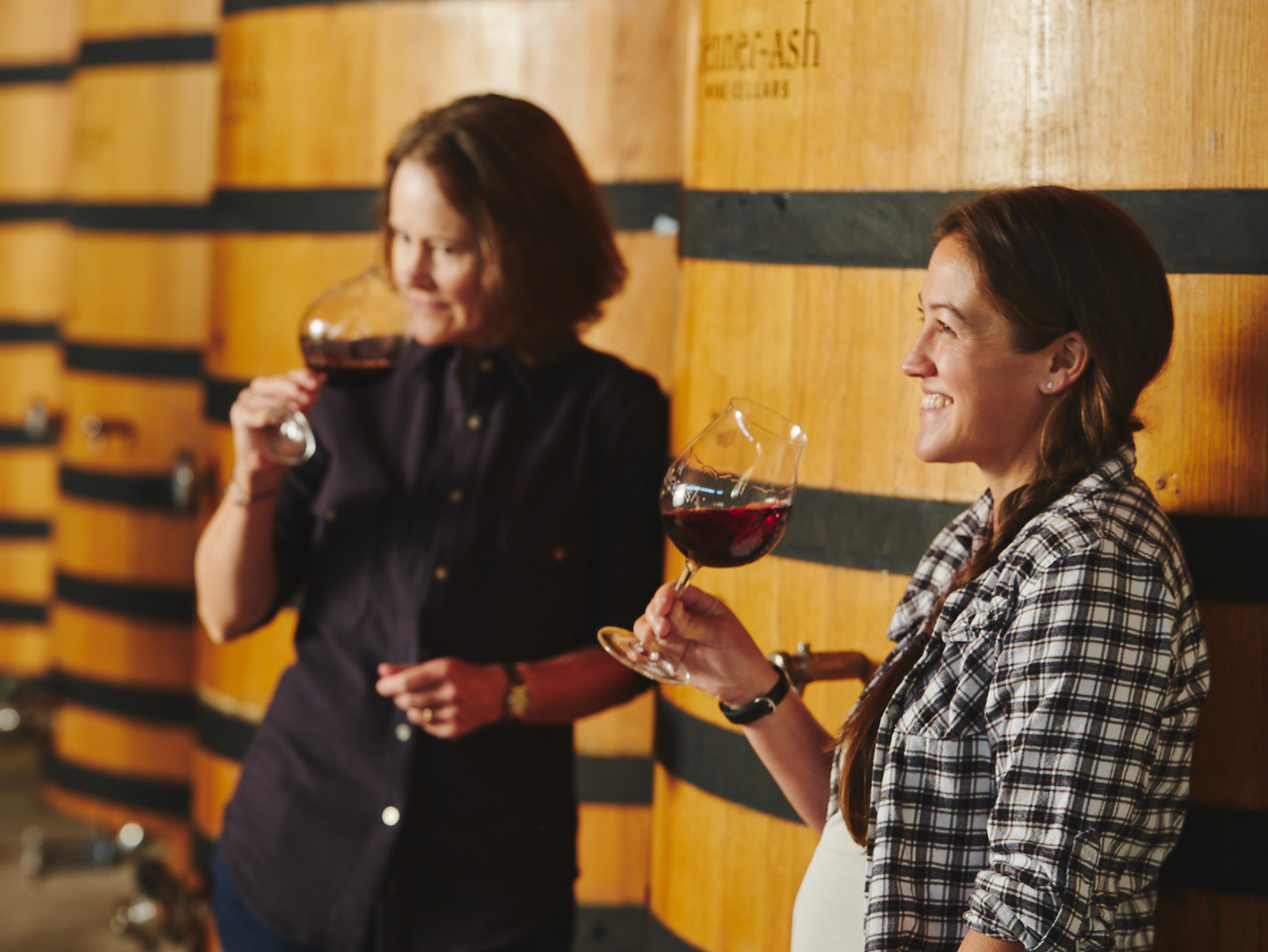
Kate Ayres, the current winemaker at Penner-Ash, is grateful for mentorship, and believes the wine business is uniquely suited for diversity and inclusion. “Harvest crews come from all walks of life,” she says. “We spend a finite amount of time together, yet many of the relationships I’ve formed during harvest have continued to build throughout my career. It’s a special environment.”
As much as the modern feminist wine industry is focused on literal boots-on-the-ground work, a widening historical lens and increased access to information is preserving and expanding the special environment that inspires winemakers like Ayres and her peers.
As wine specialist Caitlin Miller explains: “I was inspired to join the wine industry after learning about the incredible history of female leaders who revolutionized the champagne industry.” Miller also notes the contributions of women such as Barbe-Nicole Ponsardin, the widow behind the rise of Veuve Cliquot, and Lily Bollinger on the global status of champagne today.
Whether inspired by a love of science, history, or wine itself, the canon of women revitalizing the wine industry today unanimously agrees on one thing—the future is female.
Banner image: Lynn Penner-Ash and Kate Ayres photographed exclusively for Christie’s International Real Estate by Leah Nash